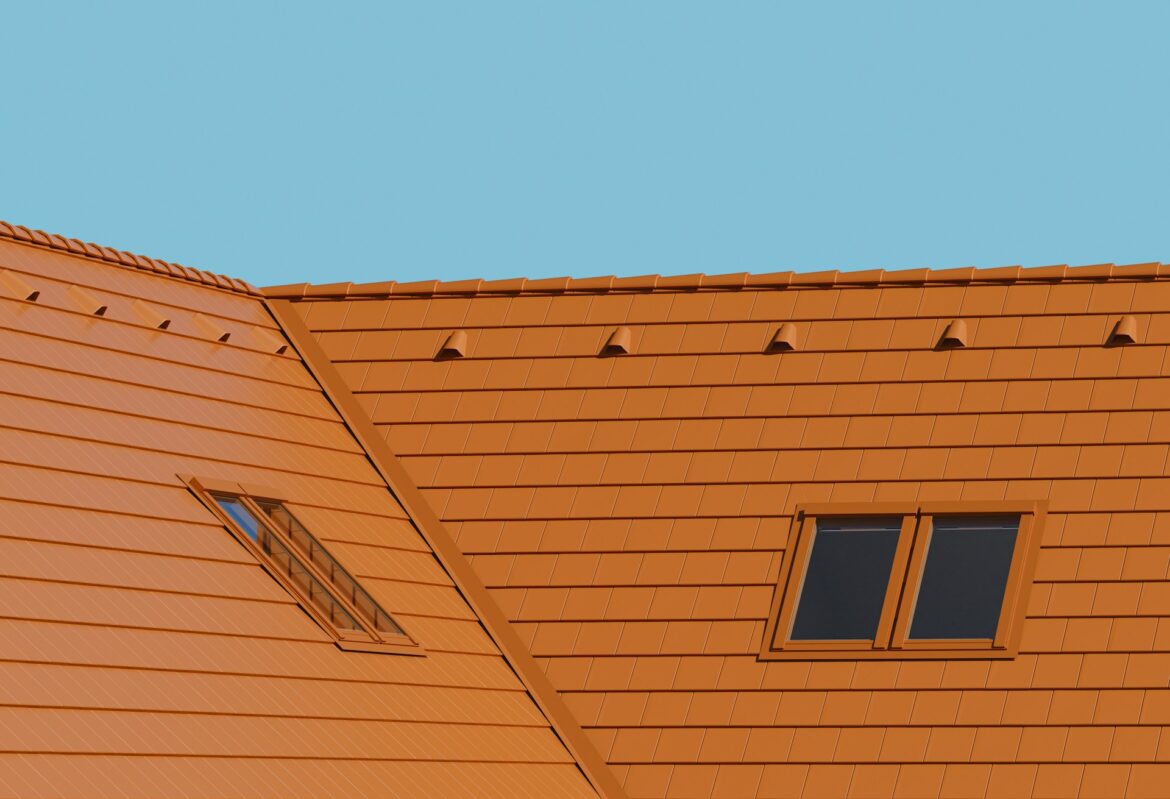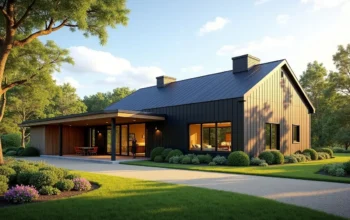
Proper roof ventilation is essential for maintaining a healthy and energy-efficient home. It helps regulate temperature, prevents moisture buildup, and extends the lifespan of your roof. Choosing the best roof ventilation system for your home involves understanding the different roof ventilation types, their benefits, and how they fit with your specific needs. This guide will help you make an informed decision.
Contents
The Importance of Roof Ventilation
Roof ventilation allows air to circulate through your attic, preventing heat and moisture buildup. Without adequate ventilation, your home can suffer from a range of issues, including increased energy costs, roof damage, and poor indoor air quality.
Key Benefits:
- Temperature Regulation – Keeps your home cooler in the summer and warmer in the winter.
- Moisture Control – Prevents condensation that can lead to mold and mildew.
- Energy Efficiency – Reduces the load on your HVAC system, lowering energy bills.
- Extended Roof Lifespan – Prevents heat and moisture damage to roofing materials.
Types of Roof Ventilation
There are several types of roof ventilation systems, each with its own advantages. Understanding these options will help you choose the best solution for your home.
1. Ridge Vents
Ridge vents are installed along the peak of the roof and allow warm, humid air to escape from the attic. They provide continuous, consistent ventilation and are often used in combination with soffit vents.
Benefits:
- Even Airflow – Distributes ventilation evenly along the roofline.
- Aesthetic Appeal – Low-profile design that blends with the roof.
- Efficiency – Works well with natural airflow patterns.
2. Soffit Vents
Soffit vents are installed under the eaves of the roof, allowing cool air to enter the attic. They work in conjunction with ridge vents to create a balanced ventilation system.
Benefits:
- Balanced Ventilation – Complements ridge vents for optimal airflow.
- Discreet – Hidden under the eaves, preserving the home’s exterior appearance.
- Versatility – Suitable for various roof types and designs.
3. Gable Vents
Gable vents are installed on the gable ends of the house, near the peak of the roof. They allow air to flow in and out of the attic, providing ventilation through the gable walls.
Benefits:
- Effective Airflow – Provides good ventilation for homes with gable roofs.
- Ease of Installation – Simple to install and maintain.
- Cost-Effective – An affordable ventilation option.
4. Turbine Vents
Turbine vents, also known as whirlybirds, use wind power to spin and draw warm air out of the attic. They are typically installed on the roof surface and can be effective in windy areas.
Benefits:
- Wind-Powered – Operates without electricity, reducing energy costs.
- Active Ventilation – Enhances air movement in the attic.
- Durability – Made from sturdy materials, often resistant to weather conditions.
5. Solar-Powered Vents
Solar-powered vents use solar energy to power a fan that helps expel hot air from the attic. They are an eco-friendly and energy-efficient option.
Benefits:
- Energy Efficiency – Uses renewable solar energy.
- Active Ventilation – Provides consistent airflow even in calm weather.
- Environmental Impact – Reduces the carbon footprint of your home.
6. Box Vents
Box vents, also known as static vents, are non-mechanical vents installed near the roof ridge. They rely on natural convection to allow hot air to escape from the attic.
Benefits:
- Simplicity – No moving parts, reducing maintenance needs.
- Cost-Effective – An economical ventilation solution.
- Multiple Installations – Can be installed in multiples for increased effectiveness.
Factors to Consider When Choosing Roof Ventilation
When selecting the best roof ventilation for your home, consider the following factors to ensure you make the right choice:
1. Climate
Your local climate plays a significant role in determining the best ventilation system. For instance, homes in hot climates benefit from ventilation systems that effectively remove heat, while those in humid areas need systems that control moisture.
2. Roof Design
The design and structure of your roof influence the type of ventilation that will work best. Consider factors such as the roof slope, attic size, and existing vent placements.
3. Energy Efficiency
Energy-efficient ventilation systems, such as solar-powered vents, can reduce your overall energy consumption and lower utility bills.
4. Aesthetic Impact
Choose a ventilation system that complements the aesthetic of your home. Some vents are more discreet and blend seamlessly with the roof, while others are more visible.
5. Budget
Budget constraints are an important consideration. While some systems may have a higher upfront cost, they can offer long-term savings through improved energy efficiency and reduced maintenance.
6. Installation and Maintenance
Consider the ease of installation and ongoing maintenance requirements. Some systems are more complex to install and may require professional help, while others are simpler and more DIY-friendly.
Conclusion: Investing in Proper Roof Ventilation
Choosing the best roof ventilation system for your home is essential for maintaining a comfortable, energy-efficient, and healthy living environment.
By understanding the different types of ventilation and considering factors such as climate, roof design, and budget, you can make an informed decision that will protect your home and enhance its longevity. Proper roof ventilation is an investment in the long-term health and efficiency of your home, ensuring that you and your family enjoy a comfortable living space for years to come.



